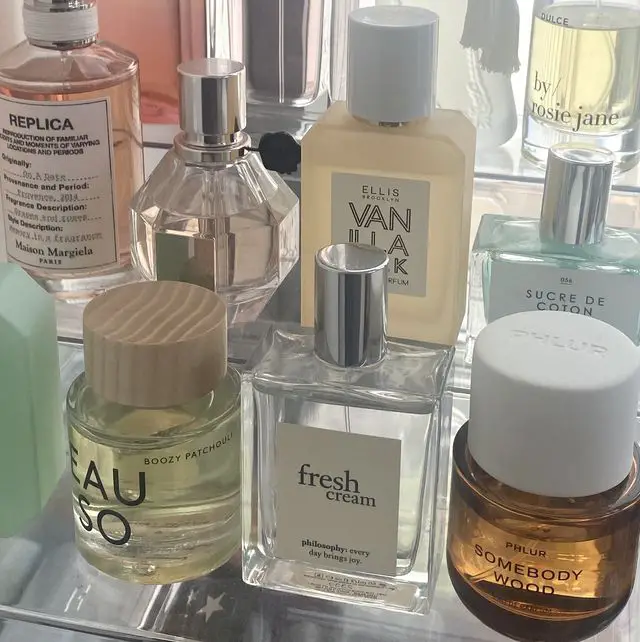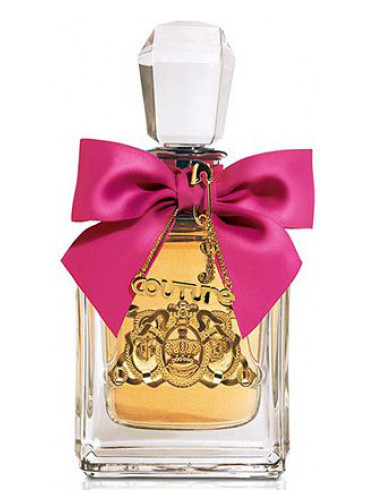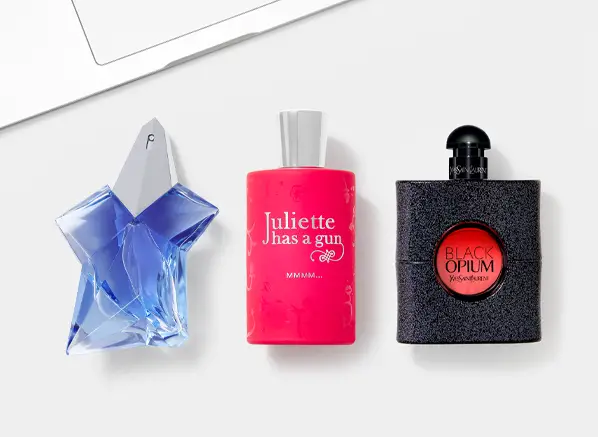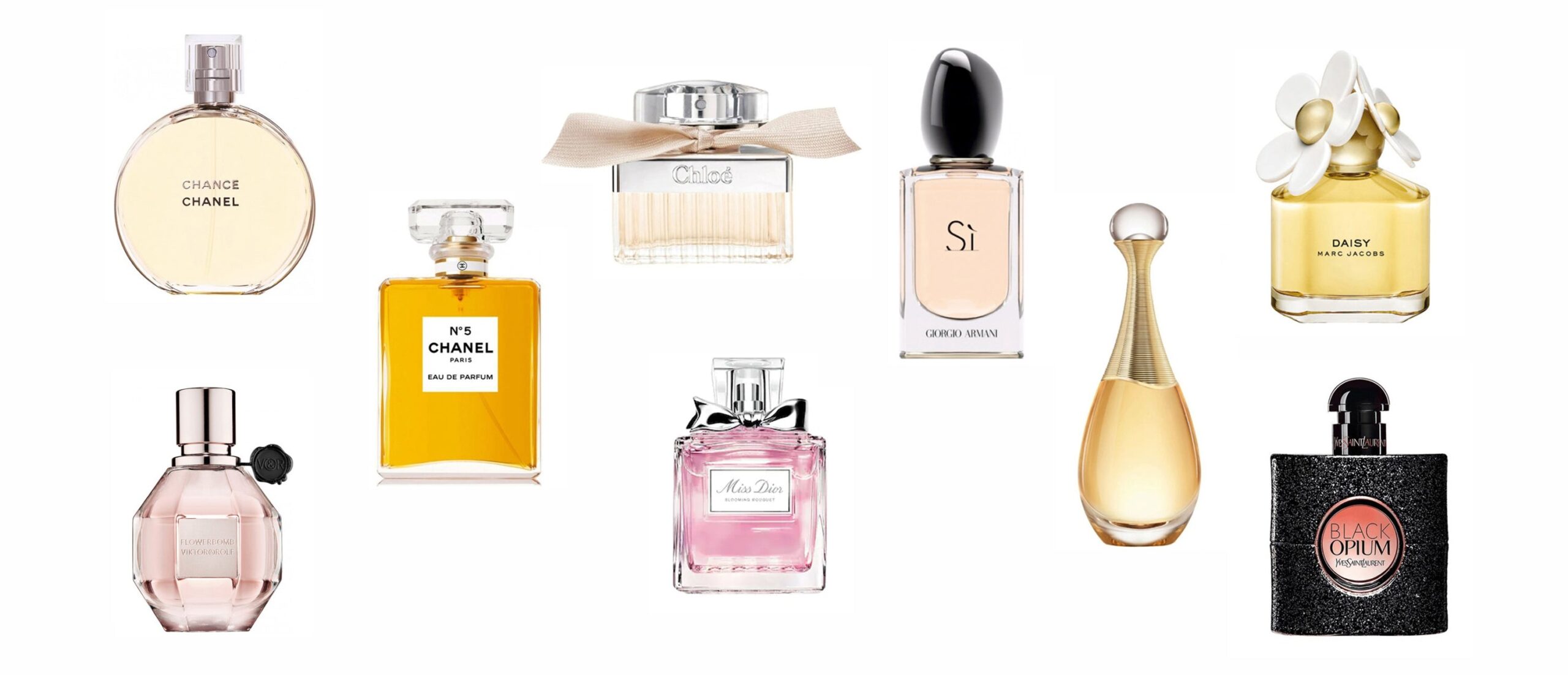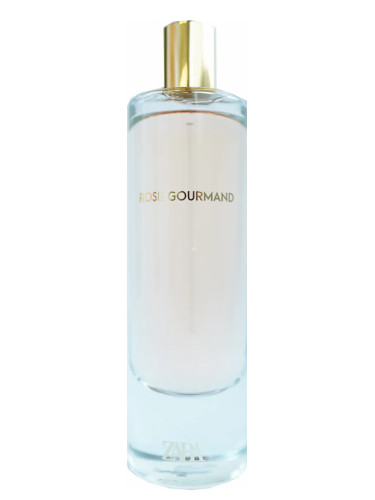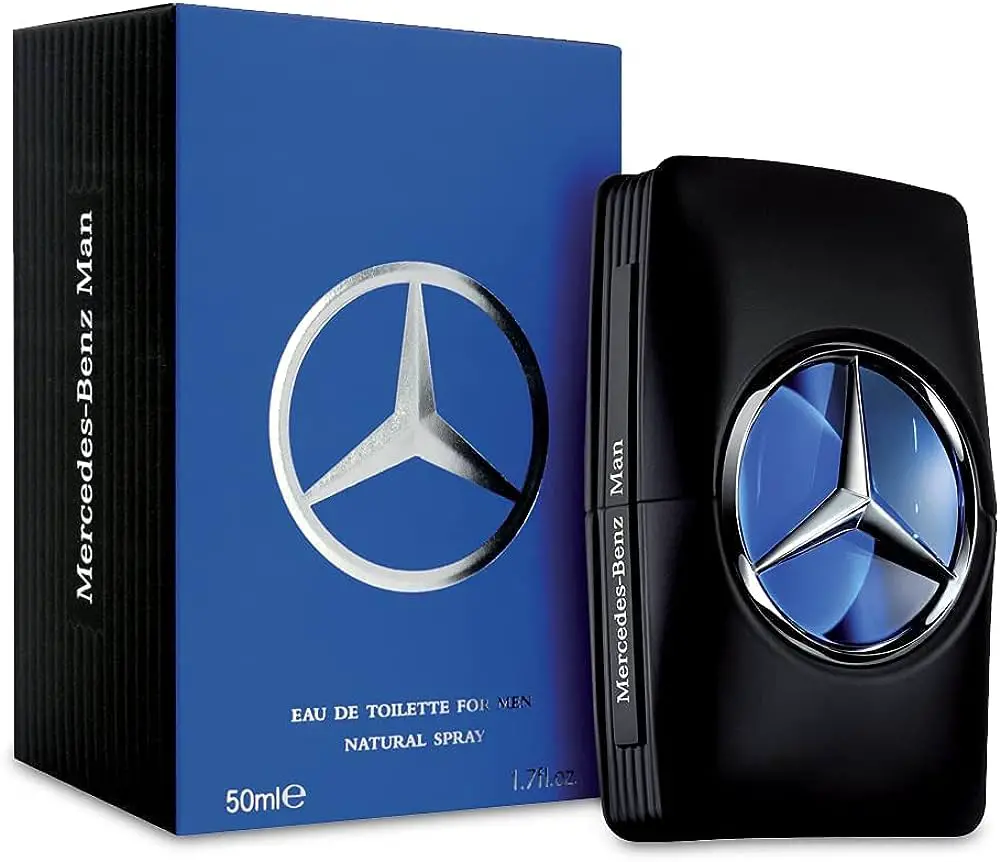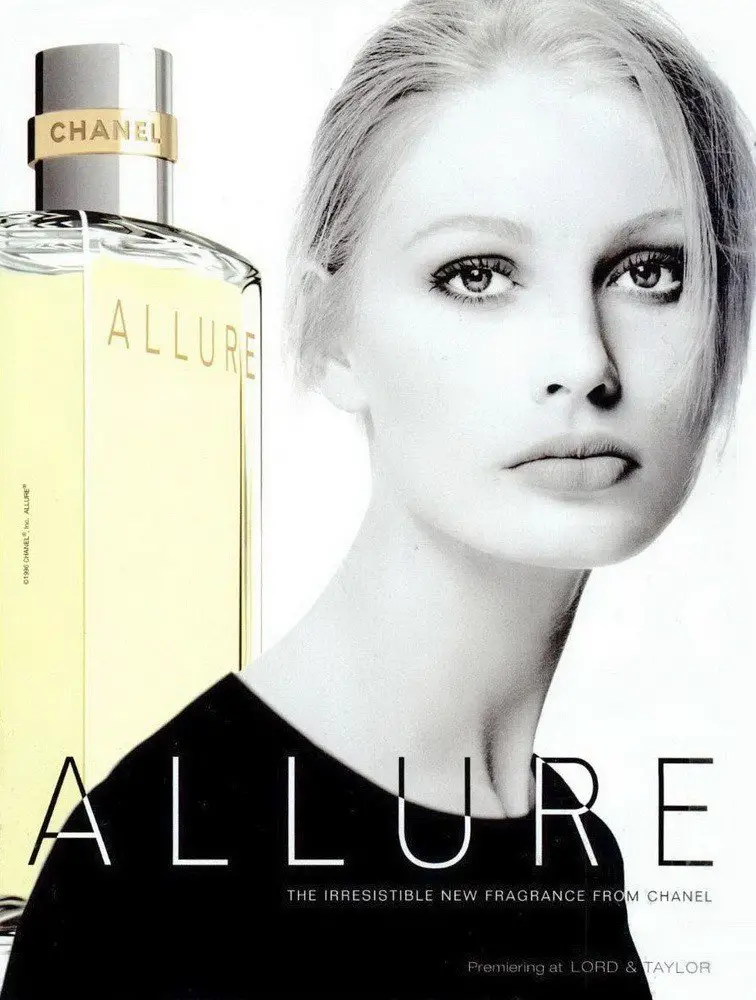Vanilla, with its warm and inviting aroma, is a fragrance that holds a special place in the world of scents. It belongs to a unique scent family that has captured the hearts of many for centuries. In this article, we will delve into the world of vanilla and explore its scent family, uncovering the natural and synthetic sources of this beloved fragrance, its characteristics, and its diverse applications in perfumery and beyond.
The Vanilla Scent Family
Vanilla belongs to the gourmand scent family, a category characterized by sweet and food-inspired fragrances. This scent family draws its inspiration from delectable treats, desserts, and culinary delights. While vanilla is a prominent member, it often mingles with other notes like caramel, chocolate, and sugar to create complex, mouthwatering aromas.
Characteristics of Vanilla
Vanilla’s scent profile is often described as sweet, creamy, and comforting. The primary aromatic compound responsible for its distinctive fragrance is vanillin. Vanillin emits a warm and familiar scent, reminiscent of vanilla beans and the delicious desserts that feature them. The aroma is rich, smooth, and often evokes feelings of warmth, happiness, and nostalgia.
Natural and Synthetic Sources
Vanilla can be extracted from both natural and synthetic sources, each with its unique attributes.
-
Natural Vanilla: The most sought-after source is the vanilla orchid, primarily grown in Madagascar, Tahiti, and other tropical regions. The scent is extracted from the beans of the vanilla orchid, which are cured, dried, and aged to enhance their aromatic properties. Natural vanilla extract is highly prized for its authentic and complex scent.
-
Synthetic Vanilla: Synthetic vanillin is a common alternative to natural vanilla. It is produced through chemical processes but captures the key scent characteristics of natural vanilla. While it may lack some of the depth and complexity of the natural counterpart, it provides a cost-effective and sustainable option for perfumers and the food industry.
Applications in Perfumery
Vanilla’s versatility has made it a staple in the world of perfumery. Its warmth and sweetness can be both a standalone note and a harmonious addition to various fragrance compositions. Some of the popular uses of vanilla in perfumery include:
-
As a Heart Note: Vanilla often serves as a heart note, creating a comforting and long-lasting base for perfumes. Its sweetness can balance out the more volatile top notes, providing depth and richness to the fragrance.
-
In Gourmand Fragrances: The gourmand scent family, to which vanilla belongs, frequently features in perfumes inspired by culinary delights. Vanilla is a star in these compositions, adding a sweet and delectable quality.
-
In Oriental Fragrances: Vanilla is a key component of many oriental fragrances, where it combines with spices and resins to create exotic and captivating scents.
-
In Unisex and Gender-Neutral Scents: Vanilla’s universal appeal makes it a popular choice for gender-neutral and unisex fragrances, catering to a broad audience.
Beyond Perfumery
Vanilla’s charm extends far beyond the world of perfumery. It is a beloved ingredient in various products, including candles, room sprays, and body lotions. Additionally, vanilla is a common flavouring in the culinary world, found in ice creams, baked goods, and beverages, where its inviting scent enhances the overall experience.
Conclusion
The delightful scent family of vanilla has been a timeless favourite, beloved for its sweet, comforting, and nostalgic characteristics. Whether derived from natural vanilla orchids or synthesized in laboratories, vanilla continues to enchant our senses in perfumery and beyond. Its ability to evoke feelings of warmth and happiness ensures its enduring popularity in the world of scents and flavours.

